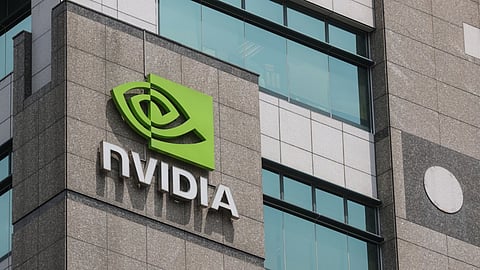FT’s Lex: Nvidia’s dizzying growth is now everyone’s business
Nvidia's earnings wield outsized influence on US markets, with the $3.6 trillion chip giant driving 7% of the S&P 500. Despite doubling revenue year-on-year, a modest forecast tempered market enthusiasm, though CEO Jensen Huang's track record suggests potential upside. While past market leaders stumbled, Nvidia's scale, scarcity, and strategy position it for sustained impact.
Sign up for your early morning brew of the BizNews Insider to keep you up to speed with the content that matters. The newsletter will land in your inbox at 5:30am weekdays. Register here.
The seventh BizNews Conference, BNC#7, is to be held in Hermanus from March 11 to 13, 2025. The 2025 BizNews Conference is designed to provide an excellent opportunity for members of the BizNews community to interact directly with the keynote speakers, old (and new) friends from previous BNC events – and to interact with members of the BizNews team. Register for BNC#7 here.
FT Opinion: Lex
Chip giant's earnings are a big event for US equity investors, and not just because of its $3.6tn heft ___STEADY_PAYWALL___

